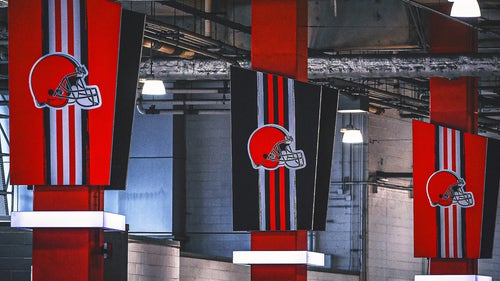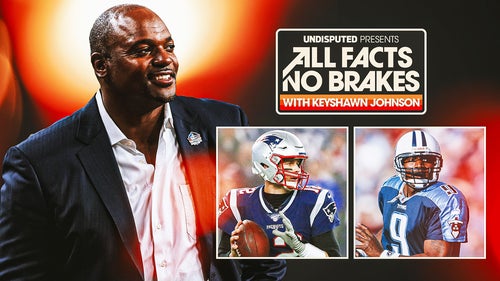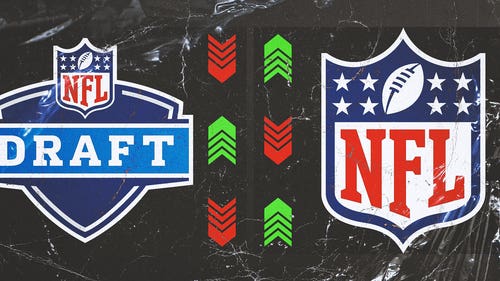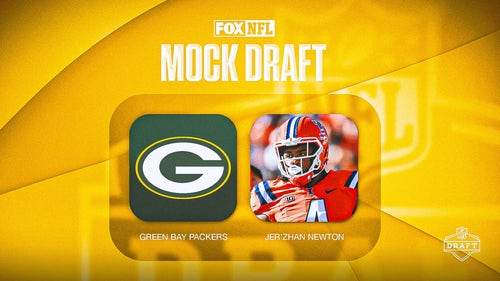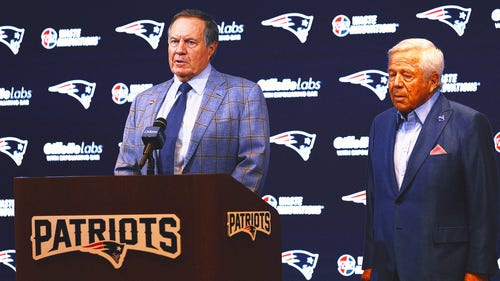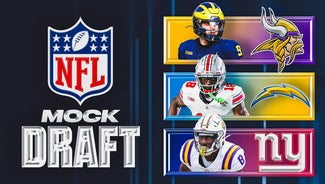
Good scouts not enough for draft success
In 1971 with the second pick in the NFL draft, the New Orleans Saints selected Archie Manning. The team was desperate for a young quarterback, and Manning was the best on the board after the Boston Patriots snatched up Stanford’s Jim Plunkett with the first pick. Manning also was a born leader — tall, strong, accurate and already a folk hero in the South.
Was it a good pick? Well, by the standards we use to judge quarterbacks today, you might say it wasn’t. Manning never posted a winning record or went to the playoffs with the Saints. He mustered a career passer rating of 67.1 and never led the league in passing.
But guess what? In reality, Manning was a great pro — exactly what scouts thought he would be. But the Saints were a horrendous team in the first part of the '70s. Their facilities were poor, their overall scouting apparatus was atrocious and their talent level relative to the competition was woeful. Manning had to perform heroically just to help make a terrible team respectable.
If he had been drafted by a decent team, he would have made it onto a playoff team. And if he had gone to a good team? I believe Manning would have been a Hall of Famer and walking around with a Super Bowl ring, just like his sons Peyton and Eli.
So while his career numbers don’t necessarily indicate it, Manning was the right pick for the Saints. And he serves as a reminder that the NFL draft is complicated, not only by the unknowns surrounding the players being selected, but also by the immense number of variables surrounding the teams selecting them.
This isn’t baseball or basketball. It’s not a plug-and-play league where a great player will pretty much be a great player wherever he goes. In football, the most interdependent of sports, a player is only as good as the situation he’s put in.
Consider a more recent example: Matthew Stafford was taken by the Lions first overall two years ago, and given a $60 million contract because the Lions judged (correctly, I think) that he had the right stuff to be an elite quarterback in the league.
In his rookie season, Stafford showed not only the skill but also the grit to be the guy you’d build the team around, coming off the bench after separating his shoulder to throw his fifth touchdown pass in a 38-37 win over the Bengals.
But Stafford hasn’t been able to finish either of his first two pro seasons, having been battered by recurring shoulder injuries. Now a revisionist take on Stafford is emerging, in which he’s billed as a talented but brittle quarterback who wasn’t worth the money.
But Stafford wasn’t brittle so much as he is human. Not since David Carr was under siege in the early days of the Houston Texans have I seen a quarterback undergo as much punishment as Stafford has endured the past two seasons playing behind the Lions’ makeshift lines.
The quality of the protection is something that Stafford can’t control — I have yet to see a quarterback who throws particularly well with 300-pound linemen driving him into the turf.
Now keep in mind that every year, every team is carrying on a private internal discussion — one that each team hopes is productive. This is part of the NFL’s great nature vs. nurture debate, the ongoing question of whether great football players are made or if they’re just born that way.
It flatters coaches to think that they take the raw clay of unseasoned players and turn them into pros. And it flatters scouts to think that they find the rough, unpolished jewels who will inevitably develop into greats. And, of course, both sides tend to oversimplify to their own benefit.
Take a look at what the Pittsburgh Steelers have done in the past decade with linebackers such James Harrison, Clark Haggans, Joey Porter and LaMarr Woodley. The Steelers drafted these unheralded college players in the middle rounds (or, like Harrison, not drafted at all, but signed as an undrafted free agent), then indoctrinated them into the complexities of Dick LeBeau’s defense by LeBeau and splendid linebackers coach Keith Butler.
These youngsters spend the inevitable first season or two looking confused and frustrated, like they’re two weeks behind in calculus. Then after a few years many of these same players flourish, becoming the heart of a punishing, aggressive, heady defense that is year-in and year-out one of the league’s best.
Now ask yourself: Is that good scouting or good coaching?
The answer is yes.
It takes both to succeed in the NFL. Even the best players in the game will flounder if they’re in a dysfunctional system. And even the best coaches can’t make a player out of someone who lacks speed, smarts and discipline.
But there are so many variables in the game today that it is never as simple or as easy as it looks. That’s food for thought the next time you hear someone labeled as a “can’t-miss” or wonder what player you want your favorite team to take.
Taking any player — the right one, the wrong one, the “steal” or the “reach” — is only the first step in a larger process. And it’s a process that even those on the inside struggle to fully understand.







































































































































